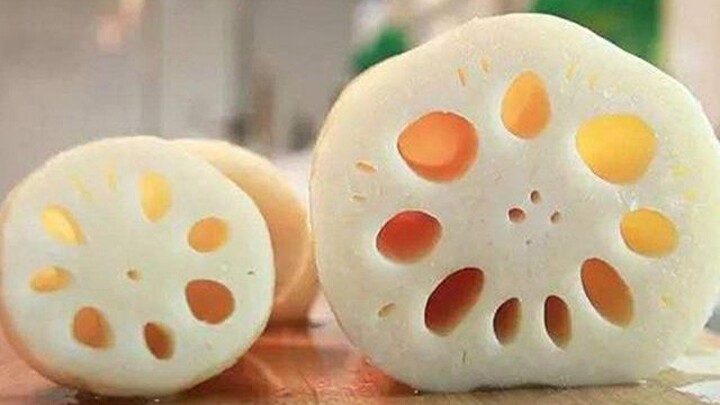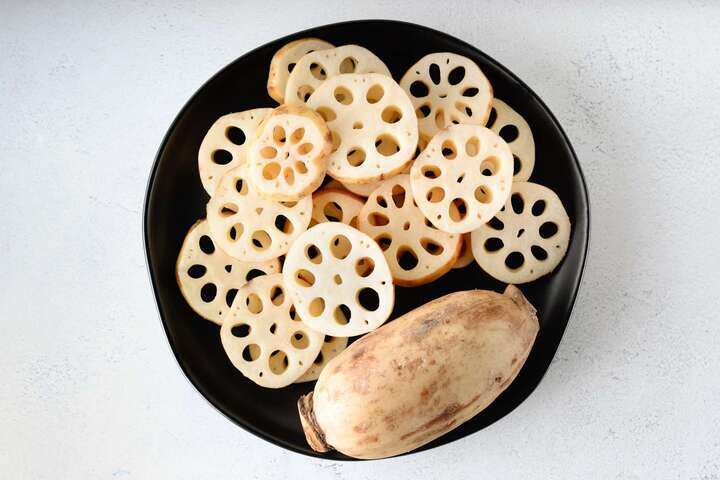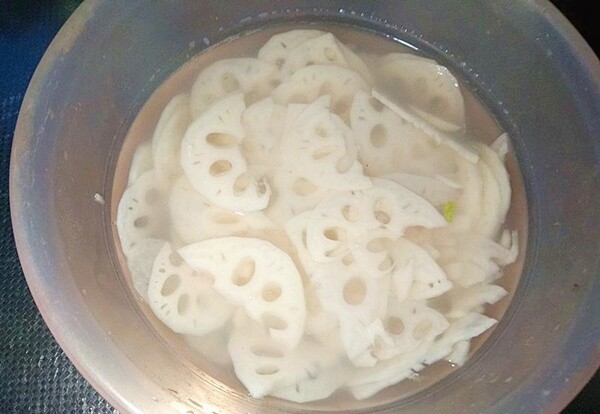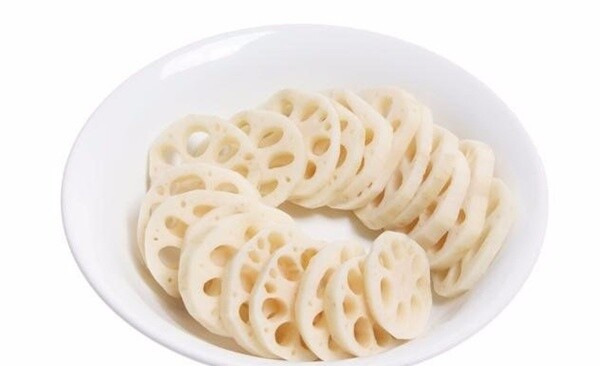As the harvest season arrives, lotus roots become a common sight at vegetable stalls. However, few know that there are two main types of lotus roots: 7-hole and 9-hole, each with its own unique flavor and characteristics suitable for different dishes.
Distinguishing Between 7-Hole and 9-Hole Lotus Roots
1. Shape and Color:
7-hole lotus roots typically have a yellowish-brown color, a short and thick body, slightly rough outer skin, and seven distinct round holes inside, with the flesh slightly yellowish.

9-hole lotus roots, on the other hand, are longer and thinner, with smoother and brighter skin. When cut, the interior reveals a beautiful ivory color, making it ideal for cooling and detoxifying the body.
2. Flavor and Texture:
7-hole lotus roots are rich in starch, less watery, chewy, and slightly sticky, making them perfect for stews, soups, or braised dishes. When sliced, you’ll notice small fibers connecting the layers.

9-hole lotus roots have less starch and more water, resulting in a crisp texture and a mild sweetness, ideal for salads, stir-fries, or sweet and sour pickles.
Tips for Using the Right Lotus Root Type
7-hole lotus roots: Best for dishes requiring soft cooking, such as lotus root and bone soup, braised lotus root, or steamed dishes.
9-hole lotus roots: Perfect for fresh dishes like salads, pickles, stir-fried lotus root, or cold salads, maintaining their crisp texture.

When shopping, determine your cooking purpose to choose the right type of lotus root. Selecting the wrong one not only affects the flavor but also diminishes the charm of this delicate, rustic dish.
Tips to Prevent Lotus Roots from Darkening During Preparation:
To keep lotus roots white and crisp, chefs often use these simple yet effective tricks:
First, prepare a bowl of cold water next to your cutting board. After slicing a few pieces, immediately place them in the water. Repeat until all slices are in the bowl. Lotus roots darken due to oxidation when exposed to air, causing enzymes to produce melanin. Submerging them in cold water minimizes air contact, reducing this effect.

Next, boil water with a splash of white vinegar, blanch the lotus root slices for 20–30 seconds, then transfer them to cold water. This method keeps the slices bright and crisp for longer.
Another chef’s tip: after blanching, lightly toss the lotus roots with a bit of sesame oil or cooking oil to block air exposure. This works well for stir-fries or hot dishes. For salads or cold dishes, skip this step to preserve the natural freshness.

Additionally, some people soak lotus roots in rice washing water instead of cold water. The starch in rice water absorbs impurities and helps maintain the roots’ bright white color without darkening.



































